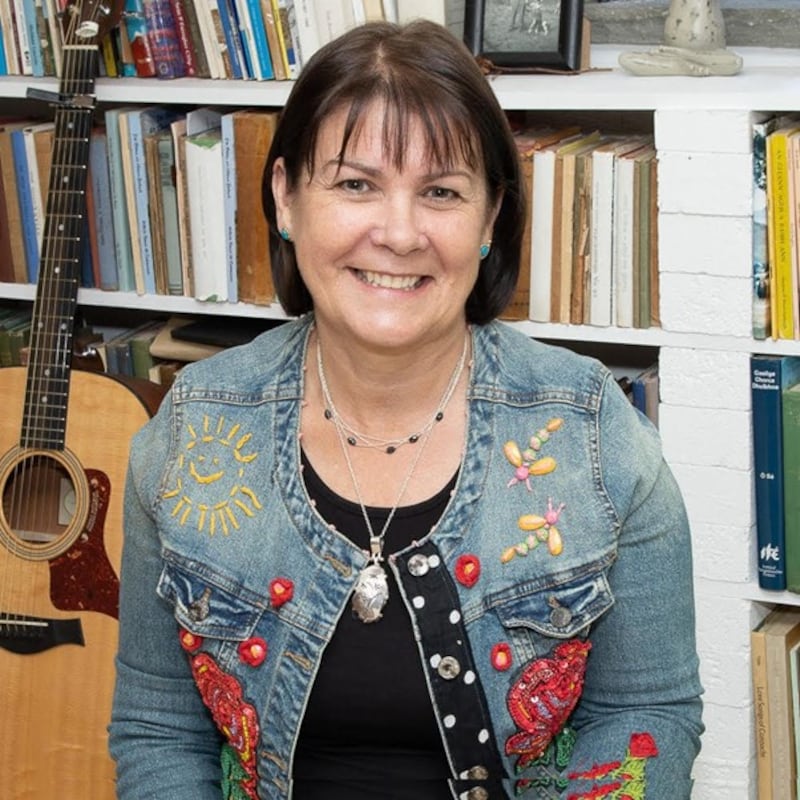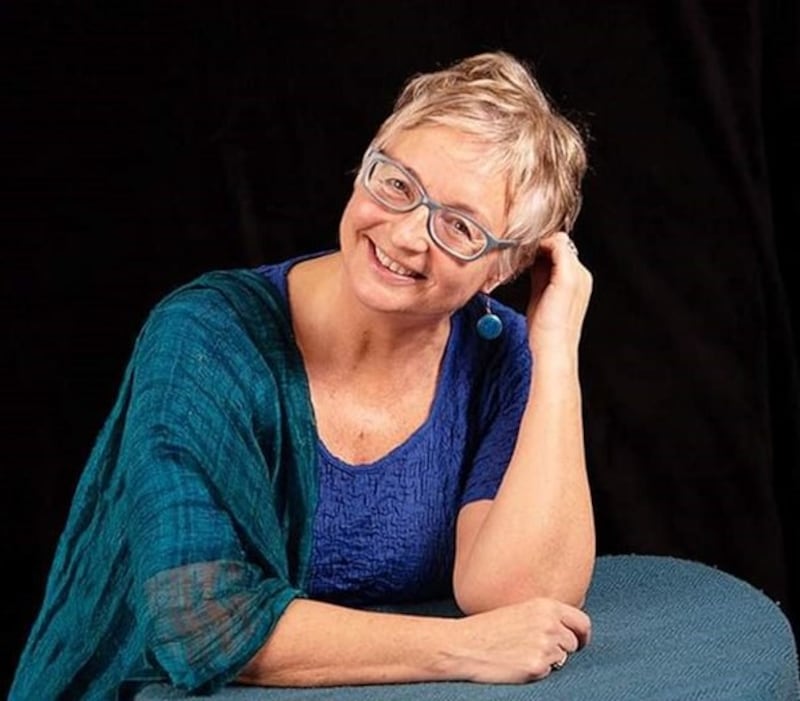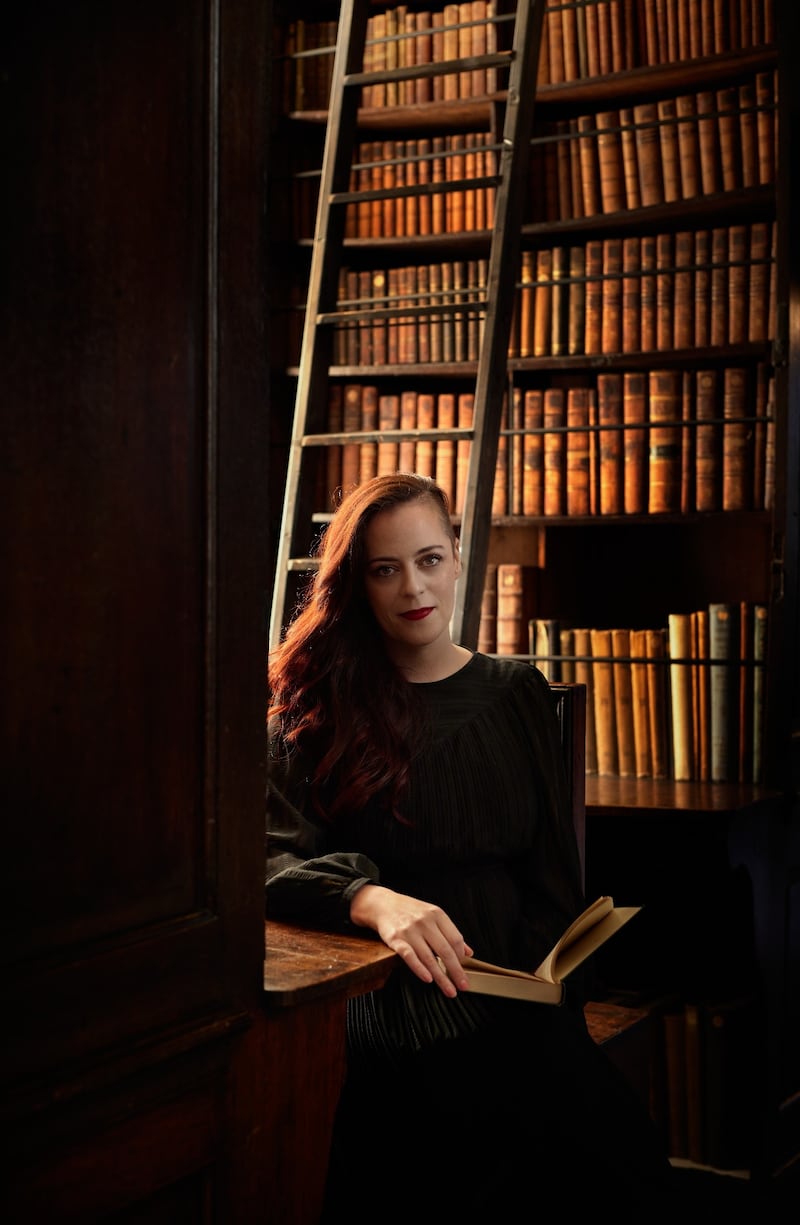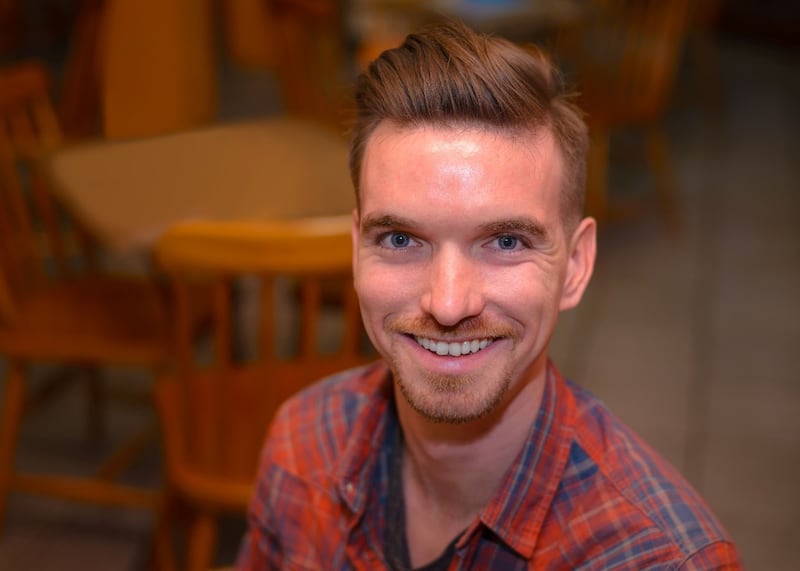What is stream-of-consciousness writing? The technique involves writing down with an abandon whatever comes into your head, for example to get inside the mind of a character. It can also be used as a way of generating ideas to see what manifests on the page.
The term “stream of consciousness” was first used by author and psychologist William James, brother of the more famous Henry, in the late 19th century in his book, Principles of Psychology.
[ ‘The priest they called him’: the wild and crazy life of William S BurroughsOpens in new window ]
As the psychological novel developed in the early 20th century, some writers attempted to capture the flow of a character’s consciousness or thought processes, a well-known example being Ulysses by James Joyce, published in 1924. It seems timely that 100 years later, we again examine the merits of letting our creativity loose to see what forms upon the page.
I spoke to four writers who regularly use stream of consciousness in their writing practice, not only as a tool for their creativity, but also in the finished product.
READ MORE
Áine Uí Fhoghlú

From a young age I’ve had the ability, given enough detail, to transport my mind to another place where I can almost reach out and touch things physically. But to convey that sense as a writer to a reader can sometimes be a challenge.
My latest poetry collection, Mná dár mhair (Coiscéim, 2022) celebrates the lives of women, many of whom lived and died largely unnoticed. During the two years it took me to research their stories, I found a very useful exercise before drafting the poems was to practise stream-of-consciousness writing.
One of those women was Anne Devlin, the unsung hero of the 1803 Rebellion, whom history has recorded simply as Robert Emmet’s housekeeper. With the help of her own detailed account of her imprisonment in the “black hole” cell in Dublin Castle, I began to vividly imagine her reality.
Early every morning I would go inside that cell with Anne and write down what I could see, hear, taste, smell and touch. For that time, I became her. I described my hunger, loneliness, the sewer’s smell. I saw the only beam of light spill through the keyhole, heard the jailer’s key turning in the lock. I felt her limbs ache and swell, hair matted, teeth caked, hands filthy, underarms sticky. I heard the rats, crouched in the corner with her. And so, for about 15 minutes every morning, I wrote down all the random thoughts and feelings that I (Anne) was having.
[ Can you channel Jack Kerouac in an electric car?Opens in new window ]
Although you eventually end up using only a fraction of what you discover, the practice can give much authenticity to the creative piece that results.
I do this regularly now and find it a huge help to anchor and portray characters or events, whether in fiction or poetry.
Áine Uí Fhoghlú has won many awards for her writing, including Oireachtas na Gaeilge. She is currently working on a trilingual collection of poetry based on a personal connection with Argentina, and a bilingual collection commemorating eight Waterford women of the Revolution.
Lani O’Hanlon

From childhood, I have been scribbling in notebooks without realising I was accessing a spontaneous, non-linear way of writing called stream of consciousness. The writer Dorothea Brande’s book Becoming a Writer (1934) describes the different methods writers use to access and write from the unconscious; some people walk or run, others scrub the floor or knit or write morning pages. What all these have in common is rhythm, monotony and silence.
There are many writing workshops on structure, craft and editing, once the material is there to work with, and this crafting, shaping and structuring transforms the unconscious stream of consciousness into art. As a dancer and somatic movement facilitator, I see this working in movement and dance. For example, a spontaneous dancer might say, “Oh I don’t want to be told how to move. I just want to move freely”. But, in fact, when they’re dancing and moving in what they think is a free way, they are repeating the same movements habitually and their bodies are not free at all. It is the same with writing.
Trying out different ways of writing feels awkward at first and not free-flowing, but the body is learning a new and more expansive movement vocabulary, exploring process and craft. One of my teachers, the poet Mark Roper, helped me a lot when he said that poets are not there to bare their soul but to bear their craft and when you feel the poem no longer belongs to you that is when you let it go into the world.
It’s a strange process to go below your skin and into your inner world and fish up what might be a pearl among all the scribbling, then lift it out into the light and scrutinise it. It is a mysterious process and one that continues to absorb and fascinate me.
I think that initial writing is best done sitting quietly and privately, saying what you might not say in public and also reading other writers, whose psyche communicates directly to yours.
Lani O’Hanlon is a poet, dancer and movement therapist. Her poetry collection Landscape of the Body, is published by The Dedalus Press (2023).
Annemarie Ní Churreáin

No matter what I’m trying to write, the natural world is always my first port of call. By orientating myself in a way that is sensory and bodily, I can begin to unlock the levels of consciousness required to think creatively. In writing about Ireland’s mother-and-baby homes, for example, I spent a lot of time on the physical sites of former “care” institutions, often circling stone ruins, climbing gates, picking locks. I wanted to unfurl in myself a fresh feeling for these places. What exists today on those left-behind sites? What grows or survives there? And, crucially, how does it make me feel to stand in those spaces?
In the early stages of making a poem, a lot of time is spent trying to override the rational mind and access a part of the self that sees the world with an imaginative eye. When I’m outdoors hiking or visiting an historical ruin, I start to think in cycles and returns, in flashes and spurts. Often the weather dictates how and if a planned journey will unfold. This surrendering of one’s “plans” greatly feeds the poetic process and lets me break out of fixed or rigid patterns of thinking. Most of my early drafts are simply a tangle of words and scribbled notes.
Essentially, working with streams of consciousness is an act of trust. You have to trust the process of being with abstract and uncensored thoughts. My first task as a poet is always to follow my nose and be awake to the idea that a new poem might begin anywhere – with a word or a single touchstone image – and that every ordinary thought is potentially a portal out of which a whole new poem might evolve. I take great courage from poets like Nuala Ní Dhomhnaill or indeed Michael Hartnett or Paula Meehan, whose poems often seem touched by a bit of magic. Anyone can take a pen and begin to write but to make a poem that lights up the page is a whole different business; you need a sharp instinct, an eye for mystery and an open mind.
Annemarie Ní Churreáin is a poet and editor from Donegal. Her books include Bloodroot (Doire Press, 2017) and The Poison Glen (The Gallery Press, 2021). Her website is studiotwentyfive.com
Patrick Holloway

My mind never shuts up. It’s painful at the best of times. When I started writing, it was a way to hush, to excavate, and by putting words on the page I aimed to explore the mad rush of thinking, of what happens on the inside, so quickly, and all in the space of a moment. I was obsessed with writing in the close first person, like those books where the reader lives inside the mind of the character – The Butcher Boy, To the Lighthouse and The Catcher in the Rye.
Fifteen years on, my writing still lingers around these themes of identity, language and memory. When I start a new project, be it a story or novel, I tend to go back to stream of consciousness. I do this in a multitude of ways. I write out my thoughts, as they come. Many times, it is in these notes I find what I want to tackle with my characters, put them in situations where they will come to the surface. I also write their inner thoughts out at certain moments. Even for a distant third-person narrative, I tend to take pen to paper and get inside the head of that character – from this only one thing might reveal itself and make it into the story. Even characters who only appear on the periphery of the narrative, I try to get into their heads, to see who they are and what they want at that moment they appear on the page.
Maybe even now, I go back to this form of writing because I want the readers to truly understand my characters, so they cannot only relate, but feel themselves, there, then, in that moment of living. Or maybe, through stream of consciousness, I’m trying to reconcile the inner and the outer; by exploring the minds of my characters, I am exploring myself.
Patrick Holloway is the winner of the 2023 Bath Short Story prize. He is currently working on a coming-of-age novel and a short-story collection.
















